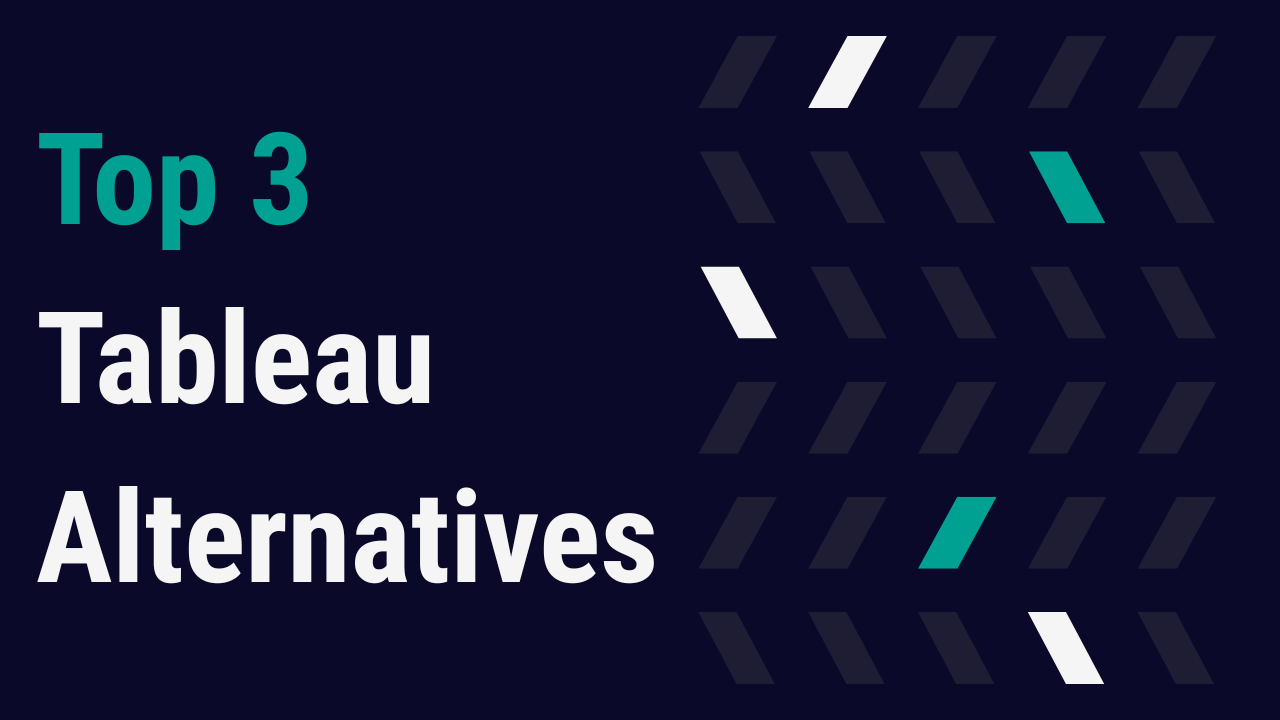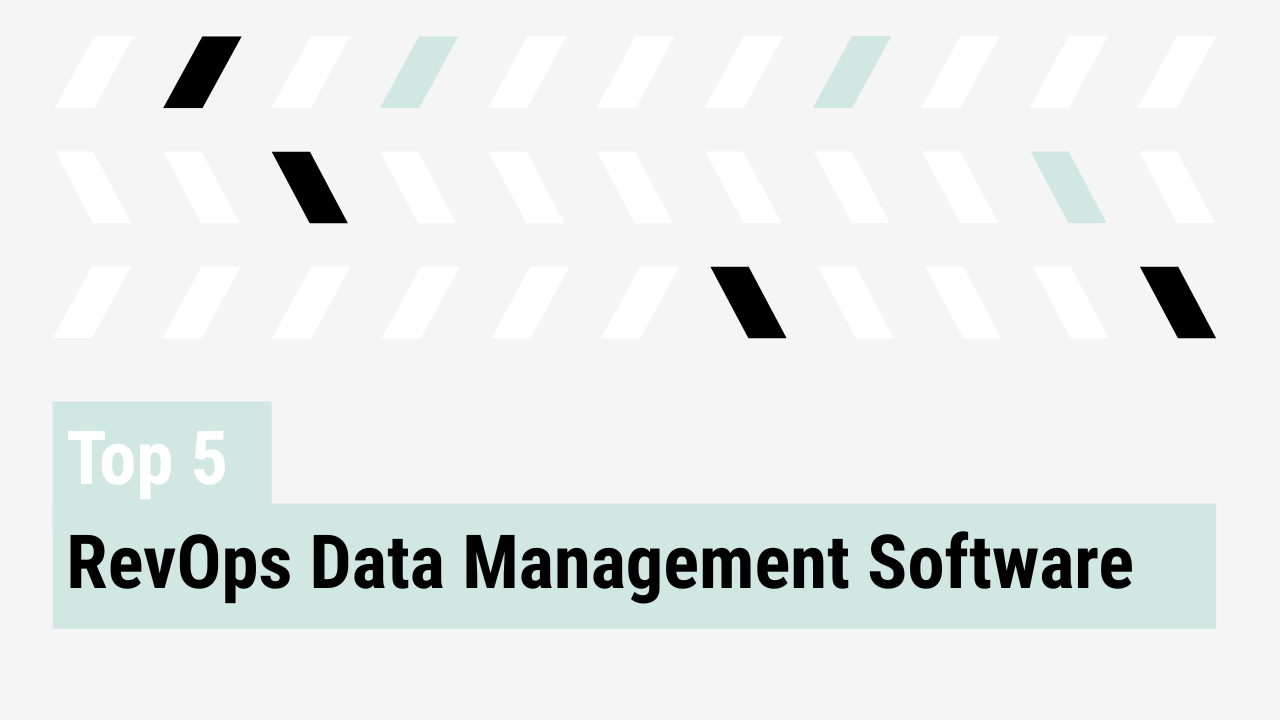In many RevOps teams, Tableau has long held the mantle of the go-to BI / analytics tool. But as RevOps evolves, so do the demands placed on analytics: real-time GTM integration, embedded workflows, metric consistency, governance, and speed of iteration.
If you’re a RevOps leader looking to push beyond what Tableau can deliver, here are 3 alternatives worth your attention, and the trade-offs you need to consider.
What Matters Most: Evaluation Criteria for RevOps Analytics Tools
Before comparing tools, it’s crucial to align on the dimensions that really move the needle for RevOps teams:
- GTM integration: Salesforce, HubSpot, Marketo, Gainsight, and other go-to-market systems.
- Speed to insight & adoption: Can GTM leaders self-serve dashboards without waiting on analysts?
- Metric governance & modeling: Consistency across ARR, pipeline, and attribution metrics.
- Scalability & snapshotting: Can you trust the tool with historical pipeline trends and large datasets?
- Actionability: Beyond dashboards: workflows, alerts, write-back.
- Total cost of ownership: Licenses, infrastructure, and people costs.
Tableau: Strengths & Friction Points for RevOps
Strengths
- Best-in-class visuals: chart variety and polish.
- Mature ecosystem: large community and support base.
- Enterprise governance: permissions, data source management, versioning.
Friction Points
- Slow iteration: dashboard changes often bottlenecked on BI teams.
- Read-only by design: no native workflows, alerts, or write-back.
- Integration overhead: GTM systems often require engineering lifts.
- High cost at scale: licensing + infrastructure + people.
Alternative 1: Looker
Overview
Looker (now part of Google Cloud) is best known for its semantic modeling layer (LookML), which enforces consistent metrics across the business.
Strengths
- Metric governance: a single source of truth for ARR, pipeline coverage, etc.
- Strong governance model: reusable definitions, version control.
- Warehouse-native: queries run directly on BigQuery, Snowflake, Redshift.
Limitations
- Up-front modeling effort: requires skilled analytics engineers.
- Less visual flexibility than Tableau.
- Slower iteration: business users depend on model updates.
Best for RevOps
Enterprises where consistency and governance of GTM metrics outweigh speed of iteration.
Alternative 2: Sigma Computing
Overview
Sigma is a cloud-native BI tool built directly on top of cloud data warehouses. Its spreadsheet-like interface makes it approachable for RevOps users.
Strengths
- Spreadsheet UX: familiar for GTM operators, fast adoption.
- Cloud-native performance: queries your Snowflake, BigQuery, Redshift directly.
- Self-service friendly: empowers RevOps without constant analyst dependency.
- Versioning & audit trails: strong for pipeline trend analysis.
Limitations
- Less visual finesse than Tableau.
- Newer ecosystem: smaller community compared to Tableau/Looker.
- Best with modern warehouses: not ideal if you’re not using a sophisticated, well-structured warehouse yet.
Best for RevOps
Companies with mature data teams that want faster business user adoption and analytics directly on the warehouse.
Alternative 3: AccountAim
Overview
Unlike Tableau, Looker, or Sigma, AccountAim is built specifically for RevOps teams. It goes beyond dashboards, enabling operators to not just analyze pipeline but also enforce GTM strategy with rules, workflows, and governance.
Strengths
- RevOps-native integration: out-of-box connectors for Salesforce, HubSpot, Marketo, Gainsight, and more.
- Operational workflows & write-back: adjust territories, enforce SLAs, or trigger alerts directly from the platform.
- Pre-built RevOps templates: forecasting, territory planning, pipeline health, churn prediction.
- Snapshots & history tracking: full pipeline trend visibility with time-travel analysis.
- Fast adoption: designed for RevOps and GTM operators, not just analysts.
Limitations
- Smaller community: fewer online resources but mitigated by white glove support
- Specialized focus: optimized for GTM users, fewer visualizations for non-GTM use cases
Best for RevOps
Teams who want fast, self-service analytics for business users that also want to move beyond reporting and make analytics actionable, aligning directly to GTM outcomes. Also ideal for companies that don’t have an existing data team supporting analytics.
Side-by-Side Comparison
| Criteria | Tableau | Looker | Sigma Computing | AccountAim |
| GTM Integrations | Moderate | Good (via model) | Good (warehouse + APIs) | Excellent (RevOps-native) |
| Speed to Insight | Moderate | Moderate | High | High |
| Metric Governance | Flexible, ad hoc | Strong | Good (lightweight) | Strong (RevOps templates) |
| Snapshotting / Trends | Needs setup | Depends | Built-in | Built-in, RevOps-specific |
| Write-back / Workflow | None | None | Limited | Yes (rules + workflows) |
| Visualization | Best-in-class | Moderate | Moderate | Good (RevOps-focused) |
| Cost / TCO | High | High | Moderate | Low, fast ROI |
| Best For | Visualization depth | Governance-first orgs | Speed | Actionable RevOps insights |
How to Choose
- Need metric consistency at scale? Looker.
- Want spreadsheet-friendly self-service on the warehouse? Sigma.
- Want RevOps-native analytics + workflows? AccountAim.
- Value ultimate visualization depth? Stay with Tableau.
Implementation Tip: No matter the tool, start with a high-impact GTM use case (pipeline coverage, forecasting, or churn analysis), establish clear metric definitions, and build governance from day one.
Final Thoughts
Tableau is still powerful, but RevOps needs have shifted. Today’s best teams are moving toward tools that offer faster adoption, better governance, or RevOps-native workflows.
The right choice depends on your maturity: Looker for governance, Sigma for agility, AccountAim for actionability.
If you’re evaluating tools, run a pilot with two options side-by-side against a core RevOps use case. The winner will help RevOps demonstrate actionable insights and earn credibility at the C-suite.



